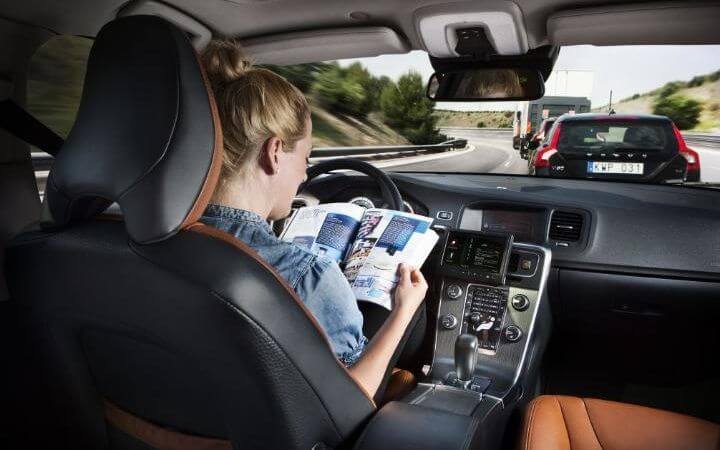Since its humble beginnings in the late 1800s, the automobile has become an integral part of human society. And through the many iterations and models throughout the industry’s storied history, we have seen truly innovative advancements and upgrades. The invention of the Model T and assembly line manufacturing, seatbelts and airbags, and the implementation of fuel-efficiency were all major moments in the automobile industry. Even with all of these industry changing moments, the auto industry has seen a bit of stagnation in recent years. That is, until now.
Recently, automobile manufacturers have turned their attention to three main areas: “connected” cars, automated vehicles and cars powered on electricity. It makes sense that, as the world continually becomes more technologically advanced, these companies would focus their efforts on incorporating many of the features that are becoming a part of our everyday lives into their products.
Younger consumers have been born and raised in a world where the Internet is as big as, if not more than, television, smartphones are household devices, and social media allows them to speak to virtually anybody in the world at any moment’s notice. And as these young consumers begin to drive, it is only natural for them to expect these connectivity features from their cars. And manufacturers are listening. Many car manufacturers are implementing application functionality to their models as well as rear-view cameras. The U.S. is even making the back-up cameras mandatory by 2018. Wi-Fi hotspots are another popular feature being added to vehicles, with 20% of car manufacturers planning to implement the technology in their cars this year. Most higher end cars already have advanced connection capabilities and software suites, such as Apple’s CarPlay, which allows drivers to connect their Apple iPhones and access navigation, text messages, music and even allows phone calls to be made and received.
One of the most popular innovations being touched on in the industry is automation. Drivers simply do not want to drive their cars anymore. Instead, they would prefer cars that can think, and drive, for themselves. Again, car manufacturers are listening to the public and working harder on self-driving cars now more than ever before. This was evident at this year’s CES, with most, if not all, major car manufacturers introducing some form of automation. Chip manufacturers are even joining in on the fun, with NVIDIA, Qualcomm and Intel each featuring their own interpretation of self-driving car technology.
In a report from USA Today, Karl Brauer, executive publisher of both Autotrader and Kelley Blue Book, noted his thoughts on the race to self-driving cars. “There’s a lot of desire to be the ones who can get there first and monetize this market for self-driving cars and it’s causing almost a frenetic activity across the automotive industry, both from automakers and from tech companies,” he said.
And the third most popular topic in automobiles is that of electric cars. Drivers are becoming more concerned with the environment, and they want cars that will leave a smaller carbon footprint. According to Allied Market Research, the alternative fuel market will make $614 billion by 2022. China’s auto industry has definitely taken huge strides in the alternative fuel market, installing a whopping 49,000 charging stations for electric cars across the country, prompting European and American manufacturers to follow suit. And companies like Tesla, who have their sights set on electric cars, are becoming more popular throughout the country, selling an impressive 76,230 models last year alone.
The automotive industry is changing. Like any industry, it is adapting to the needs of today’s consumers, and I am excited to see what technological advancements and improvements car manufacturers can bring to the table. And who knows, maybe someday, when the technology is right, we can truly get the much dreamed about flying car.

